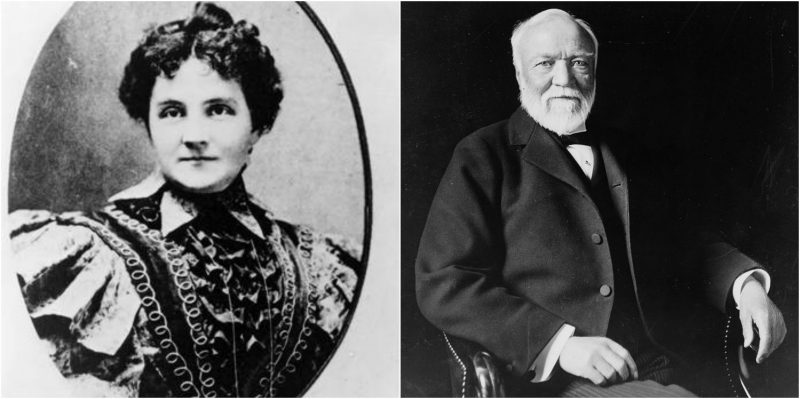Elizabeth Bigley was born on 10th October, 1857 in Eastwood, Ontario. At that time, nobody knew that she would become one of the most notorious impostors of all time.
Since her young years, Betsy, as her family called her, enjoyed daydreaming and inventing all kinds of stories. This became a skill that she used throughout her life.
Presumably, her notorious career started very early. When she was only 14 years old, Chadwick (her popular name) went to Woodstock, Ontario in Canada, where she managed to open a bank account using a suspicious letter from an unknown English uncle and some cash. While she was there, she succeeded paying with a dozen worthless cheques around town.
In 1870, the authorities discovered Chadwick’s little scheme and arrested her for forgery. She managed to pull through and escape getting arrested only because she was a minor and people considered her mentally ill.
After a short stay back home, Cassie realized that Eastwood is nothing more than a dead end. In 1875, her sister got married and moved to Cleveland with her husband. Chadwick decided that it would be best for her, and her “career,” to move to the USA. She got on a train and headed to Cleveland.
Upon arrival, she lived at her sister’s place for a while, and later rented her own flat, claiming that she is a widow and introducing herself as Madame Lydia DeVere. Here, she decided to open a clairvoyant shop, another scam that she did years after. She opened the shop with money obtained by taking a bank loan, pawning her sister’s furniture.
In 1882, Lydia DeVere, Chadwick’s alter ego, met a doctor named Wallace S. Springsteen, got married and moved in his house. News about her marriage and pictures from the wedding appeared in Cleveland’s local newspaper, The Plain Dealer.
Her sister and other people that she took money from immediately recognized her and came knocking on her door, demanding pay back.
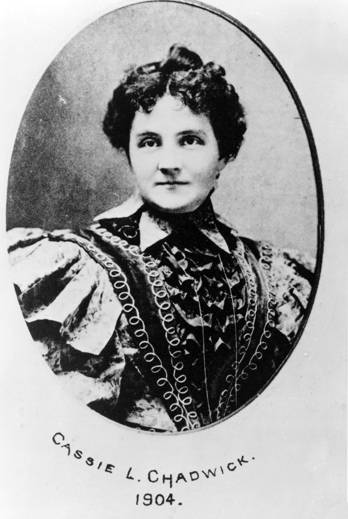
This marriage didn’t last for long, Springsteen and DeVere got divorced in the early 1883 and the poor man even paid her debts.
Apparently, this didn’t bother Chadwick at all; she continued deceiving people with her “clairvoyant powers” and found herself another husband- John R. Scott, a farmer from Trumbull County, Ohio. This marriage also lasted shortly. After a while, she sued him for adultery and got divorced again.
In 1893, Chadwick returned to Cleveland and changed her name once again. She became Mrs. Cassie Hoover. This time, she opened a brothel in which she met her next victim, a wealthy widowed doctor named Leroy Chadwick. She introduced herself as “Mrs. Hoover,” a humble woman that owns a boarding house for women but the doctor told her that he’s aware that it is a brothel.
“Mrs. Hoover” responded by fainting when she heard the accusation. Later, when she “regained consciousness,” Hoover told the doctor that she would never allow herself to be a part of that kind of place. She asked Dr. Chadwick to take her away from there.
In 1897, Dr. Leroy Chadwick became her third husband and Cassie took the surname that soon became notorious across the United States. Besides her true identity, Cassie had another secret that she managed to hide for a long time. She had a son, Emil Hoover, who she left to a woman at the Brothel. The whole truth about him was discovered later.
Cassie Chadwick got used to her new life quickly. Dr. Leroy was a wealthy and highly respected man in the Cleveland Society; he lived on Euclid Avenue that was known as “Millionaires’ Row.” Cassie started to spend Leroy’s money and she tried really hard to enter the elite circle such of the the Rockefellers, the Hannas, the Hays and the Mathers which were Cleveland’s richest families.
But people saw her true intentions and avoided her, inviting her to social gathering only because of her husband’s reputation.
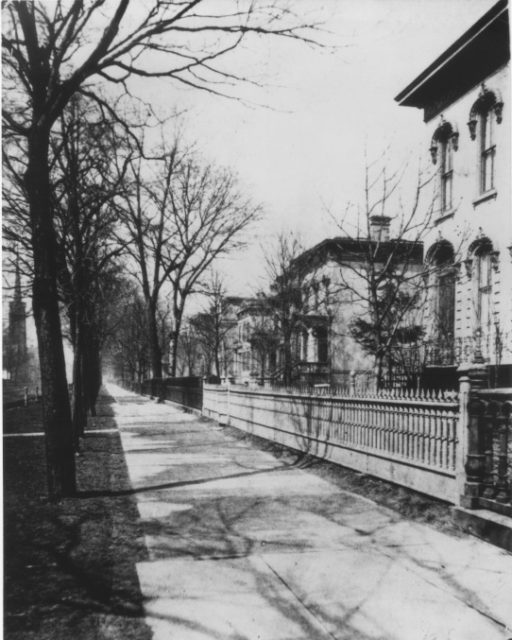
1897 was Chadwick’s golden year. Soon after the marriage, she started to plan her biggest con: impersonating Andrew Carnegie’s illegitimate daughter. Andrew Carnegie was a famous industrialist and philanthropist, once considered as the richest man in the United States. He is the man that built Carnegie hall.
Chadwick had begun plotting this con while she was visiting New York. In one occasion, she asked a friend of her husband, a lawyer named Dillon, to take her to the home of Andrew Carnegie.
When she got there, she entered the house, but only spoke with the housekeeper. On the way out, Chadwick intentionally dropped a piece of paper in front of Dillon. He picked it up and noticed that it was a promissory note for $2 million with Carnegie’s signature on it.
Dillon was staggered and confused, and after he had promised to keep it a secret, Chadwick made a surprising revelation: she was Carnegie’s illegitimate child. Supposedly, Carnegie was so ashamed that he had been giving her enormous amount of money to keep the whole thing away from the public.
Dillon was even more amazed when she told him that after Carnegie’s death, she will inherit 400 million dollars. The lawyer had been so convinced in her story that he decided to open a safe deposit for her valuable piece of paper.
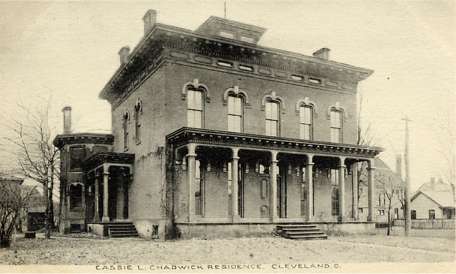
After the “secret” had got out, bankers started offering their services to the “heir” of Carnegie’s fortune. Once the whole plot was in motion, Chadwick used it for the next eight years and managed to take loans with the total value of approximately 20 million dollars!
That is around $550,000,000 in today’s worth! Believing that Cassie was really as she presented herself, bankers just assumed that Carnegie would vouch for the massive debts.
The money kept piling up and she didn’t hesitate to spend it all around. Besides the usual stuff (such as diamond necklaces and clothes), Chadwick owned a gold organ and many other golden objects. People used to call her “the Queen of Ohio” because of her riches.
Soon after, “the Queen,” like many other con artists, had made her first wrong move and got caught. Her greediness had destroyed her. In 1909, Chadwick received a $190,000 loan from Herbert B. Newton, a banker from Massachusetts. When Newton found out about the quantity of loans by Chadwick, he grew suspicious and called back his loan.
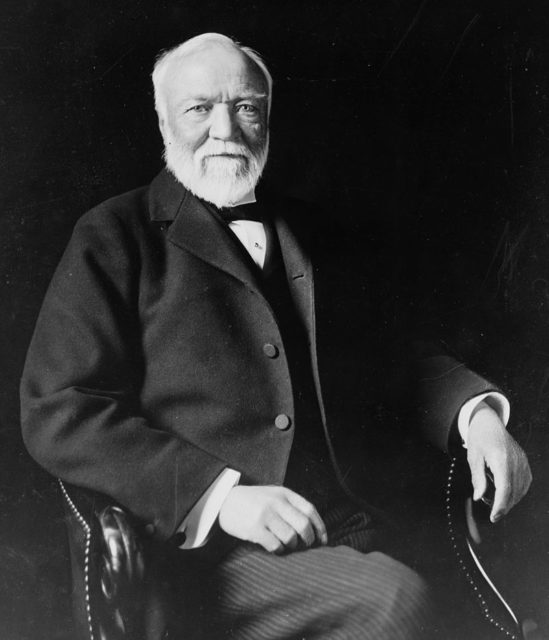
At that time, Chadwick had debts worth five million dollars and wasn’t able to pay them back. Newton’s bank immediately sued Cassie. Meanwhile, he contacted Mr. Carnegie and asked him about his daughter.
That came as a surprise to him as he explained that he didn’t know her and had never even met her. To make things even more suspicious, Carnegie hadn’t signed a note in over 30 years.
The end was coming close for Chadwick, she tried to flee and hide in new York but got arrested and returned to Cleveland for trial. At the time of the arrest, police found a money belt with around $100,000 hidden inside it.
When the news of her arrest came out, bankers around the country were devastated. One bank, Citizen’s National Bank of Oberlin, which had loaned her $800,000, even bankrupted by her fault.
Her trial was a huge spectacle and a top national news . Many people attended the trial, among them even Andrew Carnegie himself. He wanted to see the face of the woman who managed to fool the bankers of the United States pretending to be his daughter.
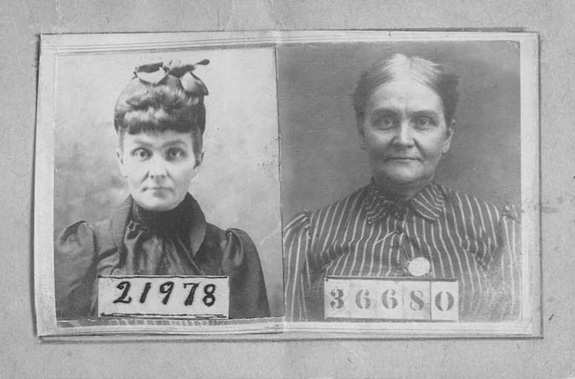
The court in Cleveland reached the final verdict on March 10th, 1905. Chadwick was sentenced to 14 years in prison and a fine of $70,000.
She was charged with conspiracy to bankrupt the Citizen’s National Bank and conspiracy against the government. She was immediately sent to prison and her cell had probably looked like the one Capone had, with all the stuff she brought with her (furniture and other luxuries.).
Chadwick died in prison, on October 10th, 1907. She died on her birthday, aged 50. She had been the greatest example of alter ego that managed to replace the true identity.
